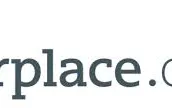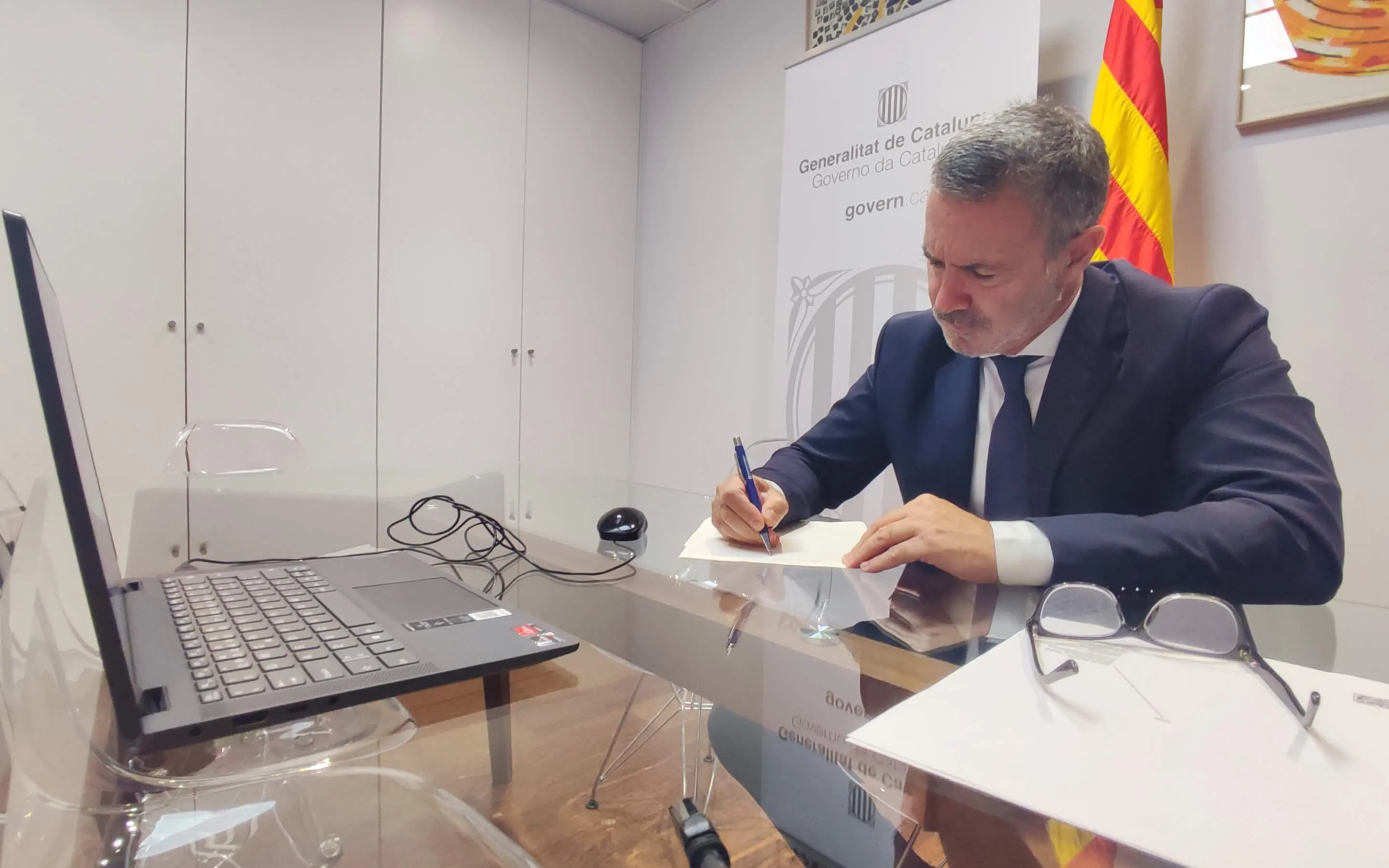We submit 8 innovations from all over the world that are helping philanthropy to grow, by better channelling resources.
These 8 innovations have been taken from a report entitled "10 innovations in global philanthropy" made by NPC.
1. Access to data
Thanks to the Internet and the new technologies, more and more users have access to databases and to lots of information. They can access it for free and use it for whatever they wish.
PoweredbyData
Starting from this premise, PoweredbyData collaborates with funders and governments from all over the world to create a new complete ecosystem of data collection and analysis regarding the non-profit sector. Its aim is to increase the information available to everybody and to make it accessible through different platforms.
WASHfunders.org
WASHfunders.org, in turn, is an online portal containing information (data and research) on funding flows, needs analyses, successful cases and funding challenges regarding water, drainage and hygiene in countries all over the globe, mainly in Africa. Its users are primarily donors but, as it is open to everybody, it is commonly used also by all kind of NGOs, politicians, researchers, etc.
WASHfunders.org contains dynamically updated information, news and knowledge concerning philanthropy and sustainable access to water. Its aim is to facilitate a better collaboration and a more strategic decision-making among funders and donors.
2. Transparency
Organizations, associations, foundations and firms consider transparency to be a central aspect, because users value it high.
Glasspockets
In this sense, Glasspockets consists in an online initiative that provides foundations with data, resources, examples and steps in order to make them understand the value of transparency and thus opening them in terms of communication.
One of its tools (Who has glass pockets?) allows them to measure its own transparency by comparison with its competitors, through 23 evaluation-indicators, such as information available on funding granted, governance politics or its performing capacity.
It also offers a Transparency Map that shows how often different kind of informations appear on the foundations’ websites.
In addition, it provides these organizations with information about social and digital media and how to use them in order to communicate more often and in a more open way about the things they do.
There is also a blog called Transparency Talk with the best good practices for a transparent philanthropy.
3. To learn from one’s mistakes and efficient philanthropy
Failure regarding philanthropy may come from many mistakes, but the worst one is to finance a fraudulent charitable organization. Nevertheless, we can always learn from our mistakes. This is how some foundations aproach failure from another point of view, they share their experiences and make them known, and acknowledge how beneficial it is to talk about them.
Shell Foundation's
There is, for instance, Shell Foundation's, an organization born in 2000, focused on global development issues concerning energy, mobility and the generation of sustainable jobs.
In 2010 this foundation tried to evaluate the way it was carrying out its own task, by comparing itself with other similar organizations. To do so, they asked themselves: “Compared with our competitors, what has our performance been in terms of achievements (good, moderate, bad)?” Nevertheless, the problem was that they found no public information at all about their competitors’ performance.
As a result of this, they prepared a report (Enterprise Solutions to Scale) that showed an evaluation of their performance, thus publicly sharing their successes and their failures.
By doing so, the foundation displays a collection of the lessons learned after some mistakes in granting funding during its first years, and the subsequent updating of its strategy in order to improve.
Regarding efficient philanthropy, it consists in an attitude that encourages and stimulates non-profit organizations to follow the principles of effectiveness so as to improve their social impact.
Knight Prototype Fund
The Knight Prototype Fund encourages charitable organizations to innovate and to test prototypes by granting small and quick donations.
By doing so, the foundation helps beneficiaries to explore new ideas, to experiment and to check initiatives. It offers donations worth up to $35.000 to innovative ideas in the area of media and journalism. To get access to this funding, applicants must answer 5 questions about their idea, so it ends up being a rather quick and simple process.
Once the funding has been granted, beneficiaries must develop their project in a six-month period and they are given the chance to take part in a 3-day workshop about experimentation and design.
This kind of funding is intended for non-profit organizations willing to try new ideas (that is, not established projects). Thus, it is a good supplement to their main funding resources.
4. Collaboration
“Donation Circles” are becoming more and more common, most of all in the United States, where donors join their resources and dedicate them collectively to one concrete cause or beneficiary group. But this kind of initiative is now spreading also in other countries, getting adapted to local contexts and needs, and emerging as improved models.
Dasra Giving Circles
Dasra is a leading strategic philanthropy foundation in India that cooperates with social entrepreneurs and philanthropists in order to generate a social change on a large scale.
Before granting any funding, this foundation realises a field research for 8-12 months to identify the breaches in a sector and try to find out about existing problems. Then, it sets up a list of organizations examining their impact and their potential capability to grow, and helps them drafting some 3 to 5 annual business plans to submit them to the Donation Circle.
The 10 philanthropists that form the Circle choose one organization to finance it with $50.000 for 3 years. During this period, Dasra offers support regarding strategy, financing and fundraising.
The detailed analysis done by Dasra and the support it provides make donors confident about the usefulness of their donations and the sustainability of the project that has been chosen.
5. Balance of power
The idea about “balance of power” consists in exchanging power between foundations and beneficiaries, so that it is ultimately equalised on both sides.
Edge Fund
Edge Fund was born in 2012 and it offers small donations to grassroots organizations that focus on injustice among so called “marginalized communities”. Quite often these entities find it very difficult to get funding using traditional methods, because they may be regarded as being too radical or “informal”.
Edge Fund, on the contrary, considers them as a chance to generate a real sistemic social change.
In this sense, this new initiative aims to overcome the dynamics of inequal distribution of power that is common to traditional philanthropy. Its methodology helps keeping power off the traditional and static model donor-recipient.
6. Layer funding
When there are several funders taking part in the same project we talk about layer funding. It is possible, then, to involve for instance a private co-funding with foundations and governments or private foundations with corporations. Nevertheless, philantropic funding usually set up the first financing layer.
Goodstart deal
The Goodstart deal consortium was born in 2008 by grouping together 4 Australian organizations. This institution was then registered among non-profit organizations, its aim being to transform childrens’ learning methods in Australia.
The consortium was granted funding from several sources. A first funding layer was donated by the National Australia Bank (NAB). The second was provided by the Australian government in terms of a loan and, finally, the last layer was granted by 41 investors.
This way, the consortium had been able to take advantage of its networks to look for funders willing to help in carrying out the social initiative. In doing so, it showed what an intelligent collaboration of all sectors is able to achieve.
7. 100% impact investment
Impact investment is a type of socially responsible investment where the resources granted to firms or organizations seek for both a social/environmental and a financial return.
KL Felicitas Foundation
KL Felicitas Foundation was born in 2000 with the commitment to devote 100% of its endowment to organizations that match its values and intentions. These consist in supporting social initiatives in their starting phase, to help them grow and develop further in a sustainable way.
While its assets working for a maximum social impact, the foundation also instigates an investment move of 100% impact by promoting its approach and teaching and empowering other investors.
KL Felicitas Foundation has managed to proof that lining up 100% of its assets with social values through impact investment is a successful and reliable strategy.
8. Online donation markets
Betterplace.org
Betterplace.org is an online platform where all kind of charitable projects can set up a profile and submit themselves to potential donors. Anyone can register a project and ask for money or for time.
This initiative focuses on the generation of a culture of transparency and on the setting up of a trusted network between donors and projects.
Users can examine the profiles, ask questions and decide whether they trust the project or not. Donors can evaluate the project and post comments online. As a result of this, other users can check who has funded the projects, how they have been rated, etc.
Donors and funders use this information to decide whether they can trust an organization when it comes to finance it. This way, they help it strengthening its trusted network.










Add new comment